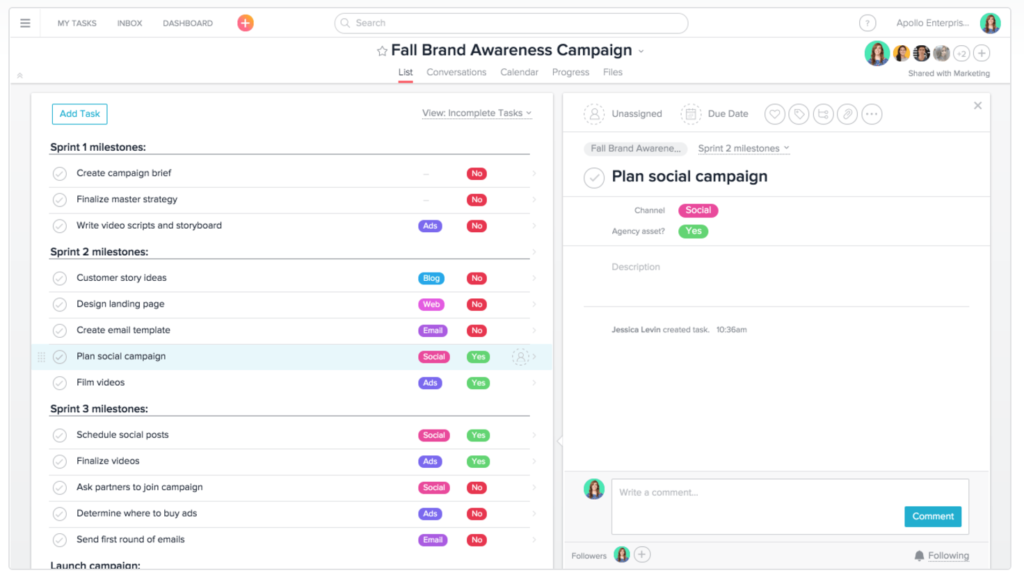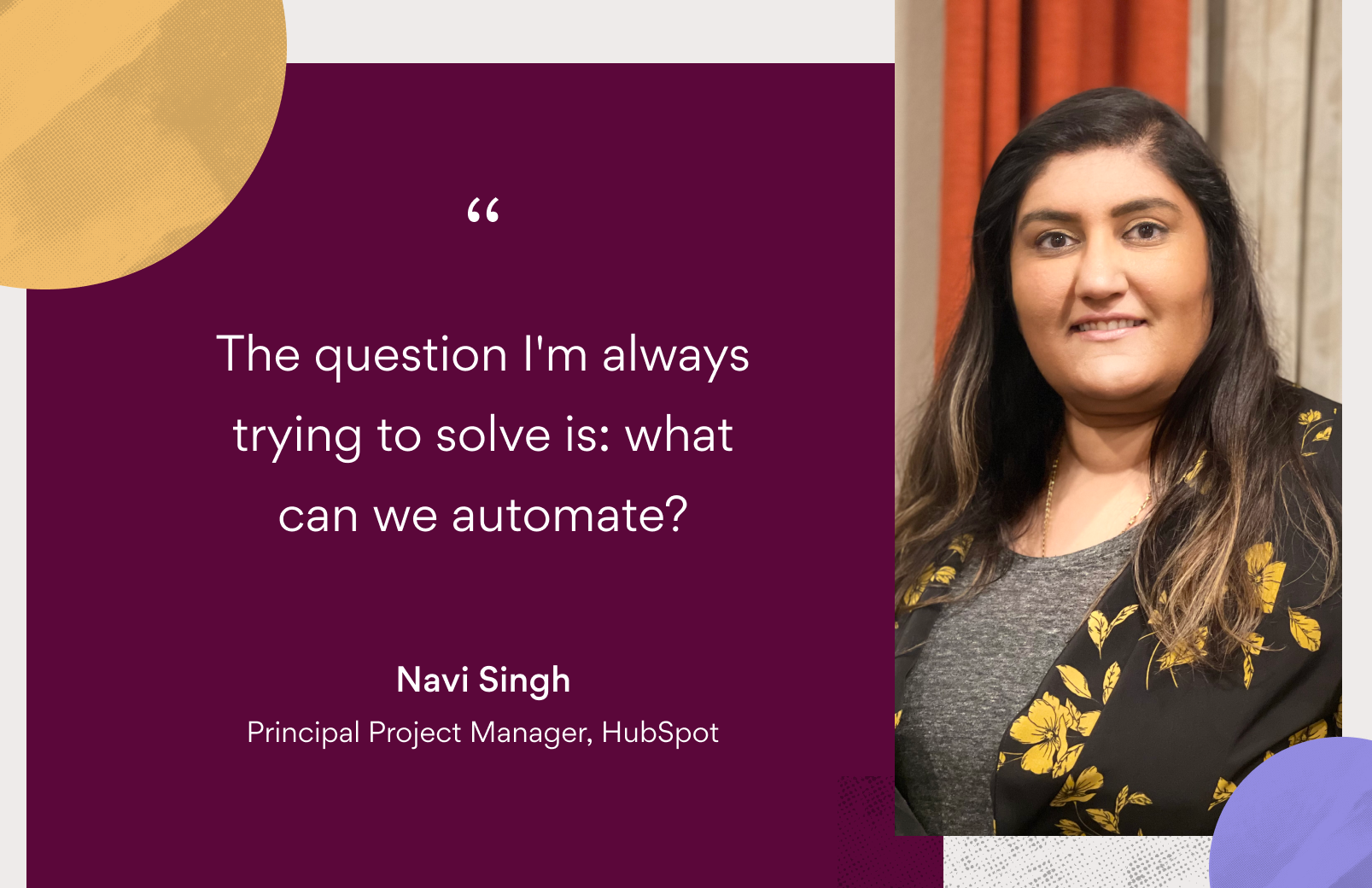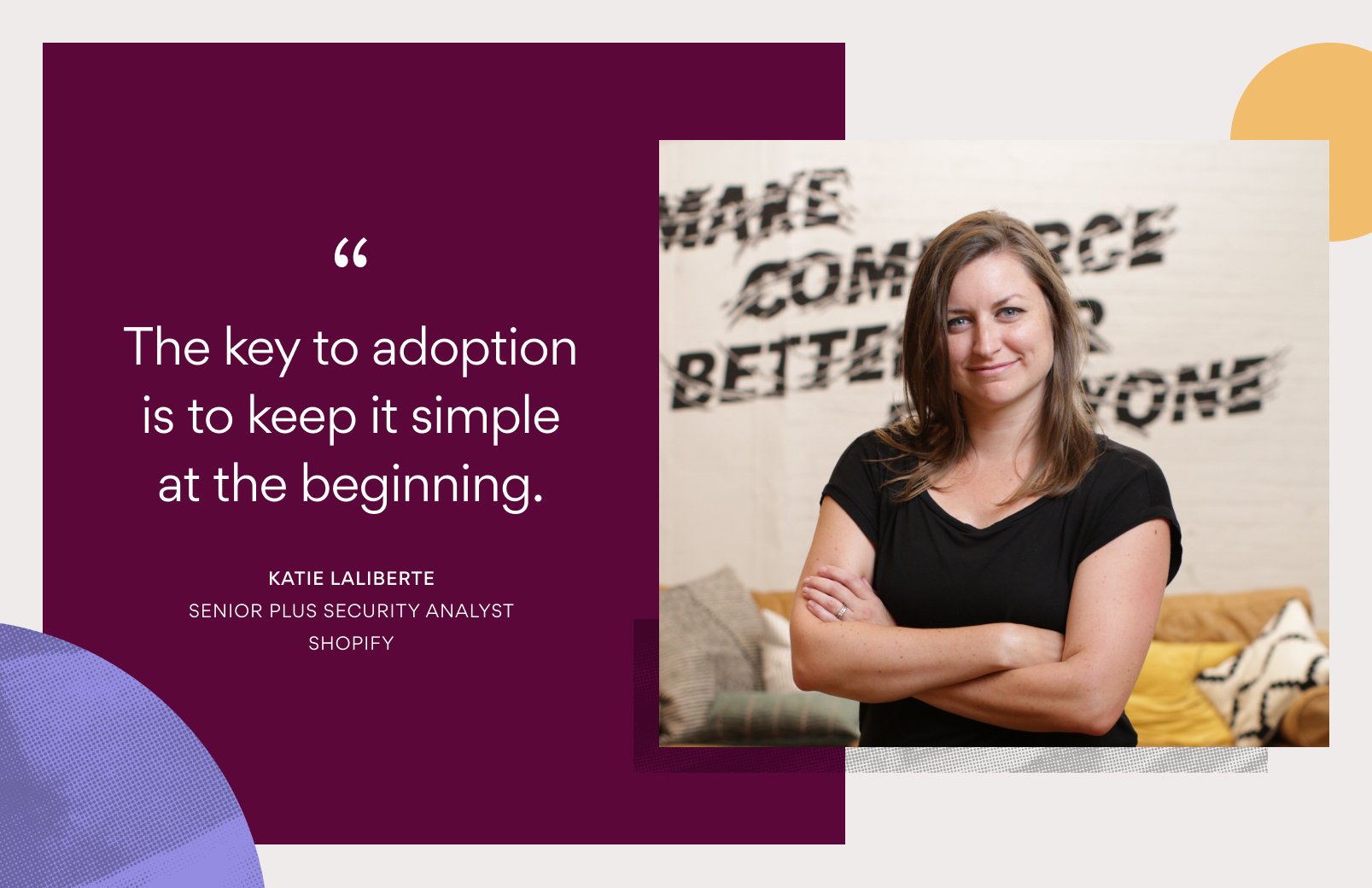5 marketing campaign problems and how to fix them

Marketing campaigns have evolved from one-off print ads to entire multimedia experiences. With more things to track across more channels, there are plenty of opportunities for a campaign to go awry (every marketer can tell you their horror story).
Instead of repeating mistakes, savvy marketers learn from their past experiences and rely on a few best practices to avoid dropping any balls. Here are five common campaign problems marketers run into and how to avoid them.
Want to learn how to run your other marketing programs successfully? Get your free guide on how to create effective processes that turn your marketing strategy into results.
1. Campaign goals aren’t clear
Sometimes it’s not until you sit down to start working on your campaign that you think, “wait… what am I actually doing and why?” If you don’t have clear goals and strategies mapped out in an accessible place, you won’t rely on them to guide your efforts. Instead, try the following:
Build a better brief
If your marketing campaign brief is 10 pages or a loose set of questions you kind of answer, you need a new brief. Aim for briefs that clearly and concisely state:
- campaign goals and how you’ll measure them
- your audience and what you know about them
- creative requirements and key messages
- responsibilities across the team
Here at Asana, we use a simple framework for our marketing campaign briefs.
Make goals accessible
Your campaign goals are like a compass—check them occasionally as you go instead of waiting until you get lost. Keeping goals in an easily accessible place keeps them in your mind as you create and critique your content and ensures that everybody is on the same page.
Tip: Storing your goals in Asana is more dynamic than a document because you can link to other tasks and projects. You can easily show how each piece ladders up to the goals, and then click the link to see the work in Asana.
Your campaign goals are like a compass—check them occasionally as you go instead of waiting until you get lost.
2. The campaign schedule is unscheduled
Unclear deadlines can mean work doesn’t get done at all, or time is wasted trying to figure it out. It’s also uncomfortable to constantly ping teammates for things you’re waiting on. One missed deadline at the beginning or at a critical juncture can mean derailing your entire campaign. In those cases, it’s time for a new plan.
Visualize your deadlines
Give everything possible a deadline (even if it’s flexible or might change) so everyone has a rough idea of your campaign schedule and can plan their work accordingly. Even if everybody is clear on their own deadlines (which most likely they aren’t), it can be difficult to put all of them together if information is scattered. Having a holistic timeline is critical so everyone can understand how all the moving parts will interact.
Tip: Every Asana project has an automatic calendar view. As long as your task has a due date, it will show up, so there’s no extra work to see your schedule in motion.
3. Status updates aren’t effective
Ever been in a status meeting that covers everything you just read in an email? What’s the point? Status updates help move work forward and keep teams on the same page, but they can also be time-consuming and repetitive as campaign leads cobble together too much information that teammates don’t value.
Status updates help move work forward and keep teams on the same page, but they can also be time consuming and repetitive.
Make strategic updates
Instead of having updates across meetings, docs, emails, and more, have a distinct time, place, and format for sharing them. Then you can maximize meeting times for real collaboration and tactics. By making the updates consistent, people know where to go and don’t inadvertently get looped into too many updates or left out of them.
Tip: In Asana, there are task comments, project conversations, and status updates. These are great ways to break up your “updates” relative to the audience they’re intended for and keep work together in one place so the updates can tie to the work they’re referencing.
4. You aren’t checking up on the campaign
You did it! You launched the campaign!… but the email link is broken. To avert disaster, marketers need to have thorough checks before going live and make adjustments after launch based on progress and feedback.
Create a launch checklist
There’s simply no way for a team to remember all the steps and ensure they’re getting done without having a collaborative launch checklist.
Have a system for post-launch iterations
As new feedback and results come in for your campaign, you need an easy way for teammates to see them and optimize accordingly. Have one place where learnings, bugs, and other requests are managed and prioritized so campaign managers aren’t being bombarded from every direction.
5. You didn’t reflect on campaign learnings
Not stopping to reflect on a campaign and its results is a missed opportunity to understand the impact and improve future campaigns. If you don’t have a clear idea of what you did in your campaign (triumphs and tribulations), then you’ll have to reinvent the wheel for next time or risk making the same mistakes. Instead:

Make a dynamic campaign template
If you haven’t already, make a campaign template. Include all of the steps, assets, and work you need to complete to successfully launch. The more detail you include in your template, the less planning and setup you’ll need to do for future campaigns. Be sure to make adjustments to it after every campaign based on learnings and results.
Tip: Need help getting started on a template? Follow our step-by-step instructions for making a campaign project, and learn about features that turn it from a simple list into a true workflow
The best campaigns tell fascinating stories about a brand and its customers in creative ways. Outstanding campaigns can make you cry; bad campaigns can make you cry… with laughter. Master your marketing campaign planning and execution so you can plan the best campaign yet (and go viral for the right reasons.)

